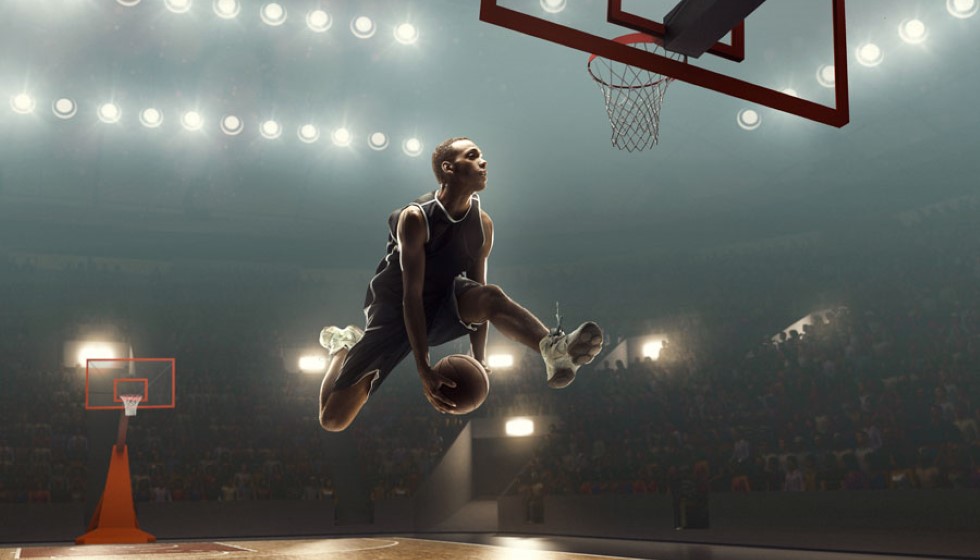
The National Basketball Association (NBA) is on the verge of implementing a revised policy on cell phone and social media use by players and coaches during games, reflecting the sport's ongoing adaptation to a rapidly evolving digital landscape. This change signals a substantial shift from the original rule set in 2009, commonly referred to as the "Villanueva rule," which was conceived long before today's blazing-fast communication technologies became ubiquitous.
In a significant move, the NBA has sought to collaboratively navigate this change with the National Basketball Players Association (NBPA), ensuring that both the league and its players have a voice in crafting a policy suited to the modern era. This collaboration underscores the complexity of managing technology's role in professional sports and the importance of balancing professional responsibilities with personal freedom.
A New Definition of "During Games"
The redefined "during games" timeframe, which now spans from 45 minutes before tip-off until the end of post-game media duties, sets a more precise boundary for cell phone and social media restrictions. This delineation offers clarity for players and coaches, emphasizing the necessity of full engagement and focus during game-related activities. By carving out this period, the NBA aims to mitigate distractions and maintain the competitive integrity of the sport.
Addressing Modern Challenges
One of the driving forces behind this overhaul is the NBA's intensified vigilance on the intersection of legal sports gambling and insider information. With the stakes high, the league has witnessed incidents that spotlight the potential risks of information leaks. The case of Jontay Porter, who faced a lifetime ban after allegedly passing information to bettors, starkly illustrates the kind of vulnerabilities the NBA seeks to address with its revised policy.
To combat these risks, the NBA has taken a forward-thinking step by introducing a designated single point of communication for players and coaches during the restricted period. This measure is designed to further block the possibility of insider information reaching the wrong hands, fortifying the league's strong stance against corruption.
Adapting to Team-Specific Needs
As teams navigate the new landscape, some have chosen to exceed the league's stipulated requirements, exhibiting a proactive approach to setting their own regulations on cell phone and social media use. This local level of control reflects a customization of rules that respect the unique cultures and operational preferences that vary across different franchises.
The Impact on the Game and Its Players
While the framework is set, the NBA has not yet revealed the punitive measures for any breaches of the new policy. This omission maintains a cloud of uncertainty around the consequences and signals an area that will require further clarity moving forward. Nevertheless, the intent of these changes is clear: to bolster the focus on the game itself and protect the integrity of the league in the ever-expanding world of digital communication.
In sum, the NBA's decision to refine its approach to technology usage marks a pivotal moment in its efforts to harmonize the dynamic between modern technological advances and the age-old traditions of basketball. As the league moves forward, how these measures are embraced by players, teams, and the league as a whole will be indicative of their success in preserving the game's sanctity while adapting to today's interconnected world.